Paints for STEEL SURFACES & STRUCTURES
PROFESSIONAL PAINT SYSTEMS FOR STEEL SUBSTRATES.
Painting Steel:
The painting of steel poses particular problems for the professional applicator. The selection of the correct coating system is critically important if the applicator wishes to maximise performance and life expectancy. In worst case scenarios, the selection of an inappropriate coating system can result in complete failure!
Correct system selection requires the applicator to make two basic assessments:
1) The nature of the environment:-
Obviously, the systems that would be required for painting the steps of a swimming pool diving board in the garden of a house out in the countryside where the corrosive intensity of the environment is relatively low, would not be the same as those for painting an offshore industrial structure where the corrosive intensity of the environment is going to be extremely high.
Environments are graded in terms of corrosive intensity in accordance with ISO 9223 as follows:
C1 Very Low
Inside heated buildings with clean atmosphere.
C2 Low
Areas with low levels of pollution and a dry climate. Rural areas and the inside of unheated buildings.
C3 Medium
Urban and light industrial atmospheres with moderate levels of sulphur dioxide pollution.
C4 High
Industrial areas and coastal areas with moderate salinity.
C5 Very High
Extreme industrial areas and coastal or offshore facilities with high salinity.
2) The condition of the substrate and the degree of preparation that can be undertaken:-
If the substrate is previously painted and in good condition then it is likely to require a different system to a substrate that is for instance, previously unpainted and rusting very badly.
Additionally, a substrate that can be prepared by abrasive blast cleaning to a very high degree of cleanliness is likely to warrant an alternative approach in terms of coating selection to a substrate that can only be wired brushed.
The following standards apply:
Abrasive blast cleaning in accordance with BS7079 Part A:
SA3 White Metal
SA2.5 Near White Metal
SA2 Commercial Blast
Manual preparation in accordance with BS7079 Part C:
ST3 Very Thorough Manual Preparation
ST2 Thorough Manual Preparation
Most specifications will call for SA2.5 when abrasive blast cleaning is required and ST3 when manual preparation is required.
We produce an extensive range of systems that are designed and manufactured for use on steel substrates, see below.
|
STEEL (Mild) |
Paint System |
Marked * for C1 & C2 Corrosive Intensity only. |
|
|
RP10 |
High Performance Chlorinated Rubber Primer |
|
|
R10 |
High Performance Chlorinated Rubber Paint |
|
|
E27* |
High Performance Acrylic Emulsion* |
|
|
A30 |
Heavy Duty Floor Paint |
|
|
PQ30 |
Premium Quality Floor Paint |
|
|
R34 |
High Performance Chemical Resistant Chlorinated Rubber Floor Paint |
|
|
R35 |
High Performance Chemical Resistant Chlorinated Rubber Floor Paint, Anti-Slip |
|
|
H44 |
Heat Resisting High Temperature Gloss |
|
|
H45 |
Heat Resisting Medium Temperature Aluminium |
|
|
A49 |
Traditional Oil Based Gloss Paint (Lead Free) |
|
|
AMP49 |
Traditional Oil Based Anti Corrosive Zinc Phosphate Primer |
|
|
AU49 |
Traditional Oil Based Undercoat |
|
|
X85 |
Mordant Solution |
|
|
A109 |
Durable High Performance Gloss Paint |
|
|
AU109 |
Durable High Performance Undercoat |
|
|
R1007 |
High Performance Durable Acrylated Rubber Paint |
|
|
RP1007 |
High Performance Durable Acrylated Rubber Metal Primer |
|
|
RU1007 |
High Performance Durable Acrylated Rubber Undercoat |
|
|
WBP1030* |
Universal Water Based Surface Primer* |
|
|
A1040 |
Durable High Build Multi Surface Paint |
|
|
AF1045 |
Extreme Multi-Purpose Farm Oxide Mid-Sheen Paint |
|
|
AFPM1045 |
High Build Metallic Metal Primer |
In summary, every Technical Paint Services product has an associated Technical Data Sheet and a Material Safety Data Sheet; these can be found on our website in our “Products”, “Coverage” and “Information” pages.
Please look at the Data Sheets for each product you are using and also consider the environment in which you will be working, both internally and externally. Remember that during cooler weather, curing and drying are as important as application. Good planning and management will help enormously; very often it makes good sense to leave a project until warmer weather arrives.
To be certain of the right choice of product as well as the correct use and application instructions, please email or call us on 01202 295570 before placing an order.
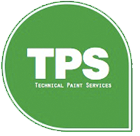


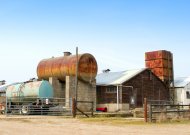
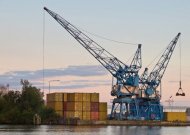
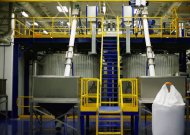
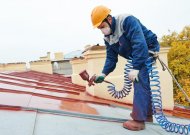
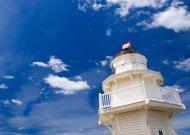
.png)